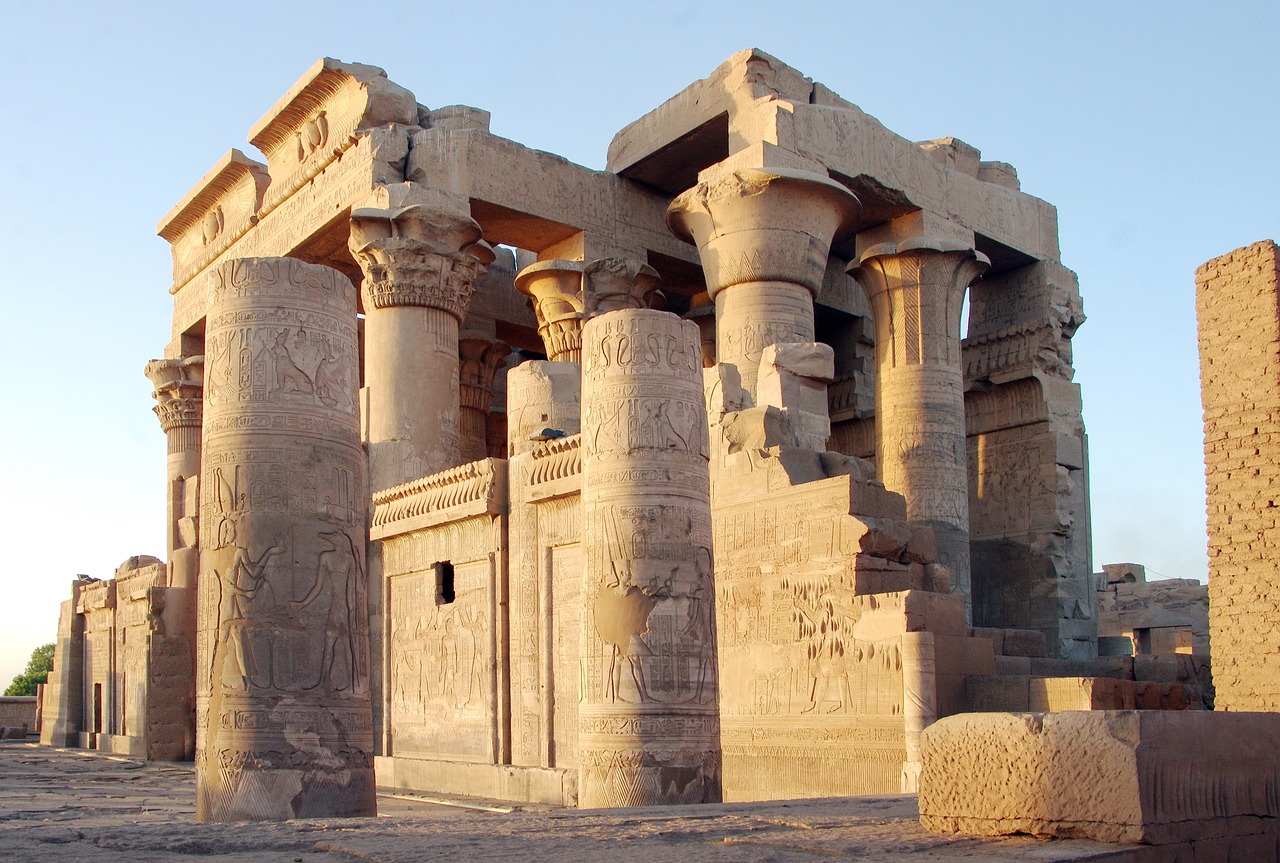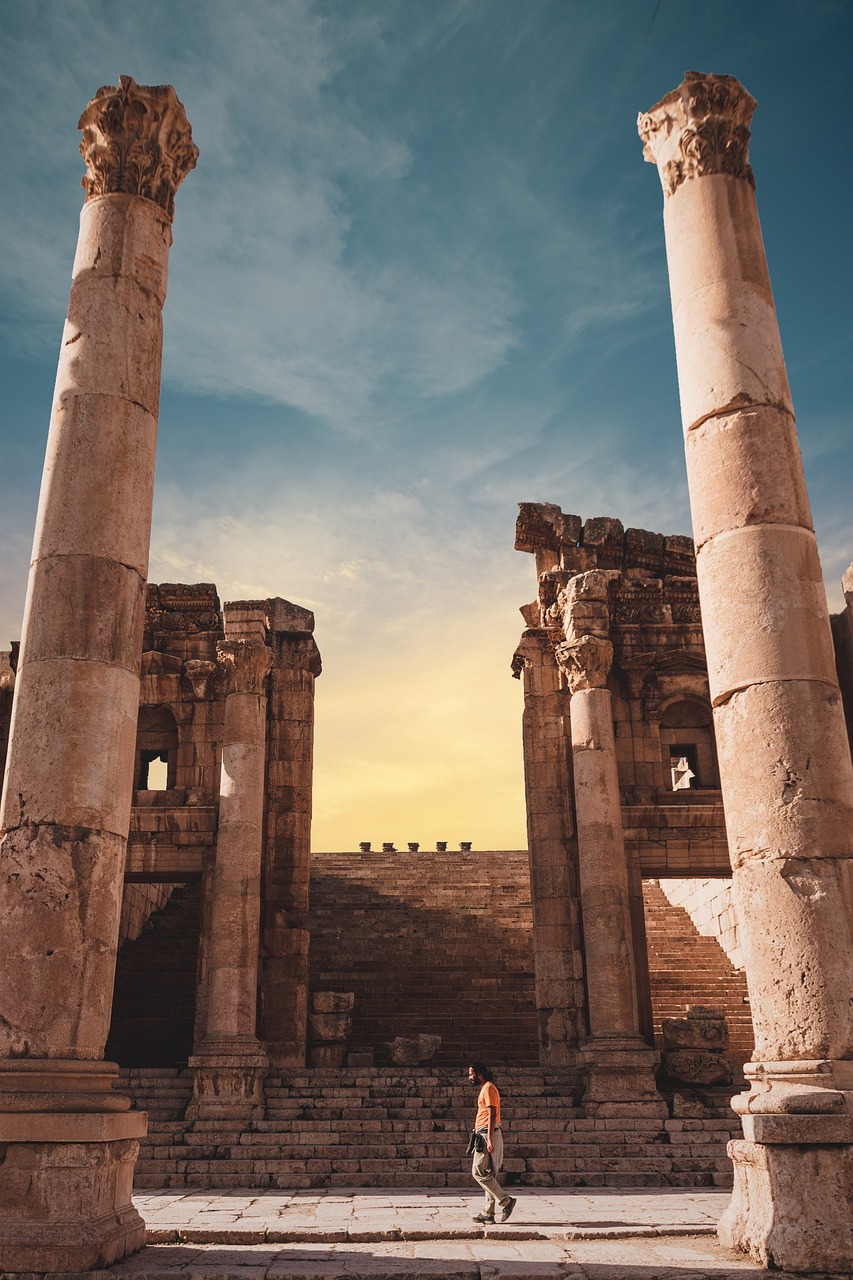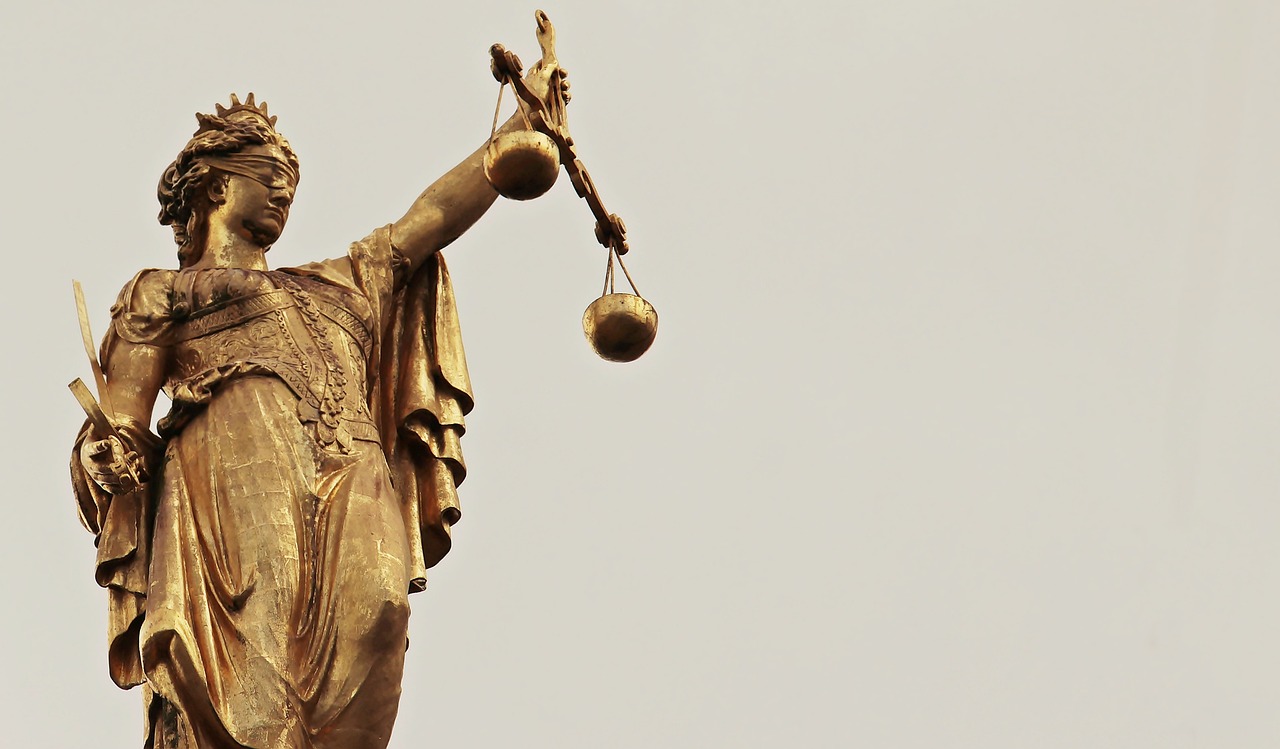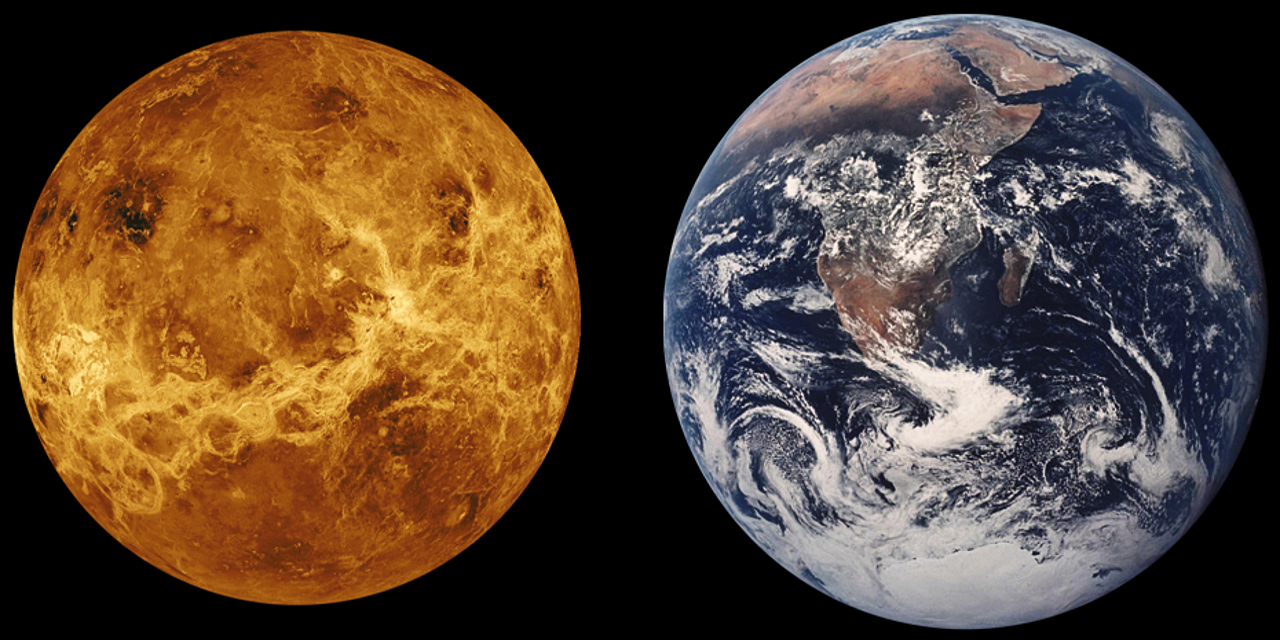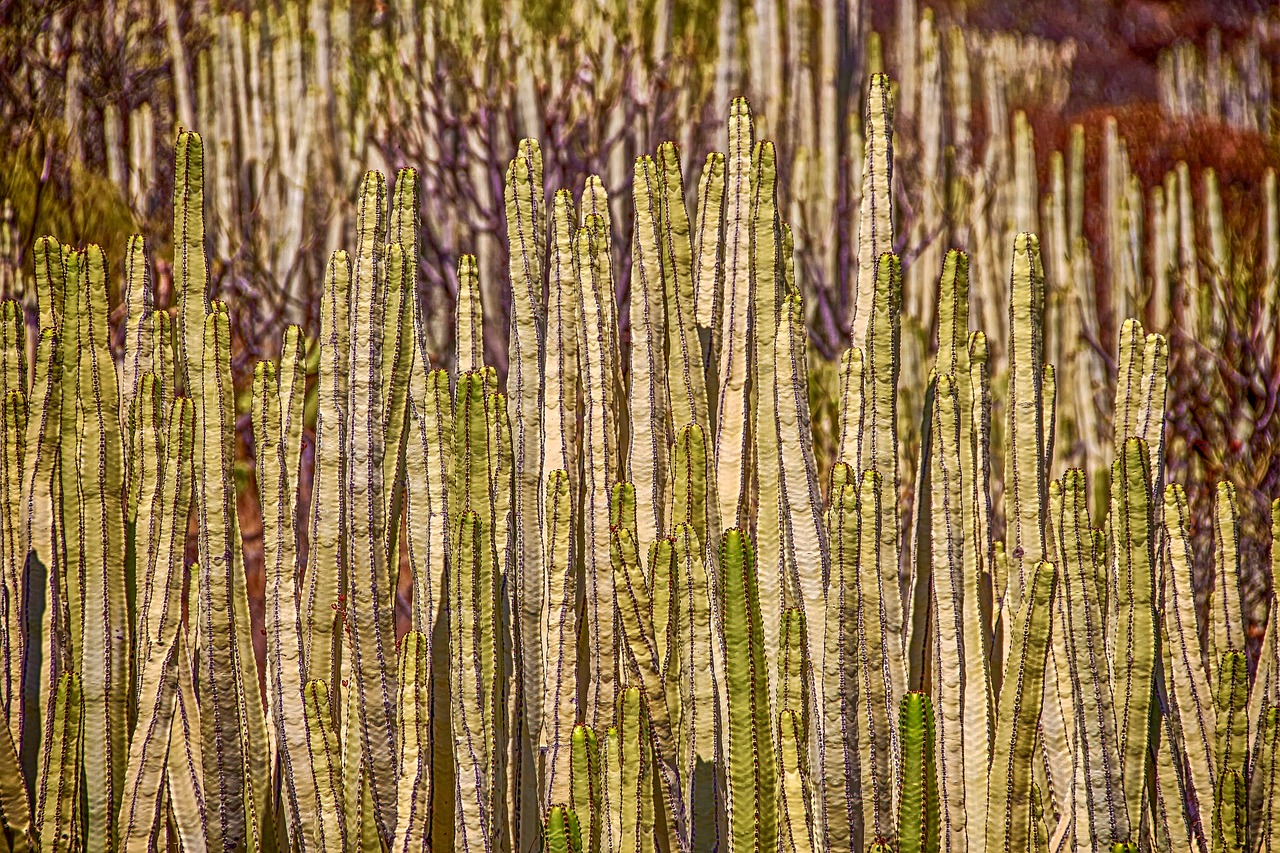Author: Sun WuKong
-
In the legend of the Tuatha De Danann, a group of deities believed to stem from the goddess Danu, we learn about notable figures among the Celtic pantheon. Among Danu and Dagda’s offspring was Ogma, the most admired of their sons, known for his remarkable gift of poetry and writing. He was often portrayed with…
-
Life in ancient Egypt revolved around the vital annual flooding of the Nile, which brought fertility to the land, a theme that prominently influenced their religious beliefs. This interconnectedness is vividly represented by the crocodile god Sobek. Initially emerging as a local deity, Sobek gained significant prominence during the Middle Kingdom, reflecting the era’s political…
-
Mafdet, recognized as the lunar goddess, held the title of the Piercer of Darkness. Historically, our ancestors referred to cheetahs as “flying cats” due to their remarkable speed, which gave them an almost airborne appearance during high-speed chases. With the capability to accelerate to 75 km/h almost instantly, these agile predators can reach maximum speeds…
-
Quirinus is one of the enigmatic deities of ancient Rome, with a history that remains somewhat obscure. He has been venerated in conjunction with both Jupiter and Mars since the earliest times, and his significance is linked to the Quirinal Hill, where he is thought to oversee the welfare of the Roman populace as well…
-
In the realm of Greek mythology, the moon is represented by its own goddess, Selene. If you’re eager to delve into the stories, powers, and significance of this lunar deity, you’ve landed in the right spot. This article will navigate through the fascinating narratives surrounding Selene, the goddess of the moon. Understanding Selene’s Essence Selene…
-
Anhur, also referred to as Onuris in Greek nomenclature, was an ancient Egyptian deity representing war and hunting. Hailing from This, located in the Thinite region near Abydos, he played the pivotal role of defending his father, Ra, the sun god, against foes, earning him the title “slayer of enemies.” His duties often included standing…
-
Tiger nuts, commonly referred to as chufa, yellow nutsedge, or earth almonds, are not true nuts but rather edible tubers. They resemble chickpeas in size, featuring a wrinkled shape and a chewy consistency, alongside a sweet, nutty flavor reminiscent of coconut. Historically, tiger nuts were among the earliest cultivated plants in Egypt and have been…
-
Measuring under eight inches tall, this bronze figure of Venus is smaller than a standard Barbie doll. Unlike the widely recognized fashion doll, the proportions and relaxed pose of Venus convey a realistic feminine form. Adorned solely with a diadem or crown on her head, she stands in a complete nude state, distributing her weight…
-
Floralias: A Celebration of Flora’s Bounty Floralias, a vibrant festival, pays tribute to Flora, the goddess associated with flowers and floral growth, while embracing a spirit of revelry and joy. This festival intertwines both sacred and profane elements, showcasing the complex nature of Roman celebrations. In contrast to the singular worship of one deity found…
-
Medb: The Enigmatic Queen of Connacht Overview In the realm of Celtic mythology, Medb stands as the formidable Queen of Connacht, characterized as a central antagonist in the Ulster Cycle. With her extraordinary cunning and strength, she reigned over Western Ireland, exerting considerable influence over the island. Her tumultuous interactions with her former spouse, Conchobar…


